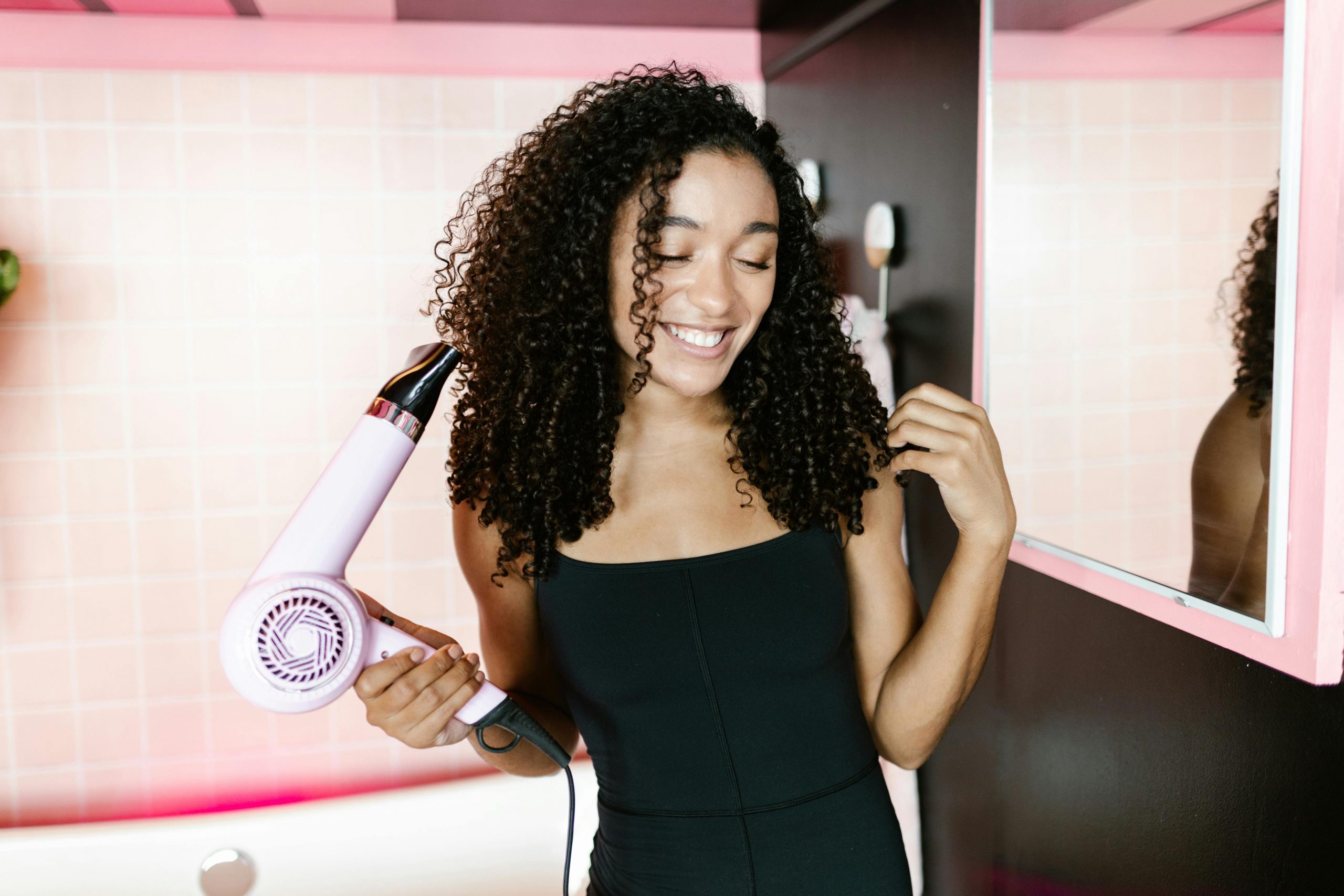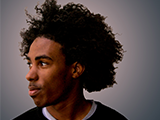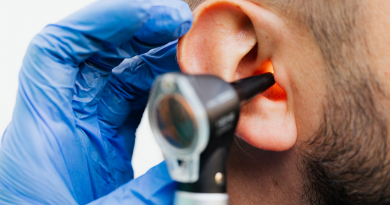Haircare 102: scalp care, hot tools and more

In the second part of our haircare series, Dr. Oyetewa Oyerinde, a dermatologist and director of the Skin of Color Clinic at Baylor College of Medicine, shares what does and doesn’t work when it comes to scalp care, how often you should use hot tools on your hair and the final answer on whether you should sleep with wet hair.
A flaky scalp is a common issue that many of us face, and it’s important to know what’s causing the flakes. Oyerinde explains that a variety of conditions can be the cause of so-called “dandruff”. The most common culprit is seborrheic dermatitis, a rash due to overgrowth of yeast on the scalp, but other causes include scalp eczema, psoriasis, and contact dermatitis, an allergic reaction to something you’re using. You might think a product like a scrub is going to help get all the flaking off your scalp, but that’s not always the case.
“Scrubs can actually inflame the scalp and make it more painful and itchier,” said Oyerinde, assistant professor of dermatology. “Instead,I recommend using chemical exfoliants, like glycolic acid or salicylic acid, about 30 minutes before washing the hair to help exfoliate the scalp.”
When it comes to scalp serums, focus more on water-based options rather than oil-based ones. “You might think: my scalp is dry; I need to put oil on my scalp,” Oyerinde said. “But oil feeds the yeast that is a common cause of dandruff, and can cause it to overgrow.”
Hot tools, like hair dryers, straighteners and curling irons, get a bad rap and for a good reason. Over time, hot tools can break bonds in your hair, leading to heat damage, Oyerinde explained. But that doesn’t mean you need to cut them out entirely. The key is to use a heat protectant, ensuring your hair is shielded from potential damage.
“You want to be cautious using heat styling, but it doesn’t mean you should be scared of it,” Oyerinde said. “Think about how frequently you use it and your hair type. I’d say it’s a little bit safer to use more frequently for straighter hair types than it is for curlier hair types.”
If you decide to go the air-drying route, make sure your hair and scalp are completely dry before your head hits the pillow at bedtime. Like with oily scalp serums, going to bed with wet hair can cause the yeast that lives on your scalp to overgrow, leading to dandruff and an inflamed scalp.
“To air dry your hair, you need to be walking around the room to make sure air is moving in and around the scalp,” Oyerinde said. “This is going to be much more safe for your hair than going to bed where it makes it harder for it to dry.”
By Anna Kiappes



